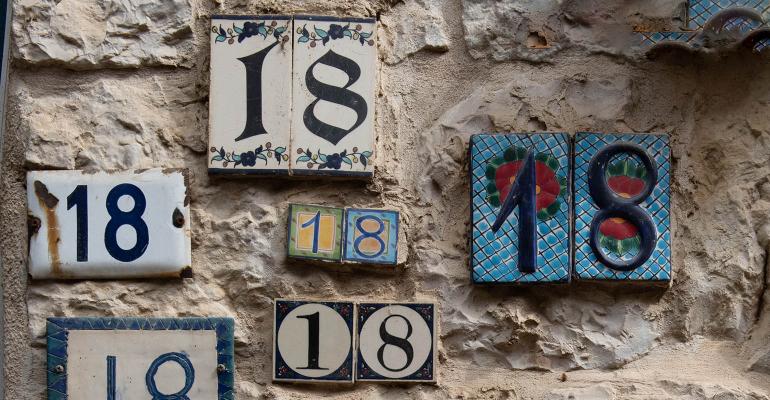In Jewish culture, it’s common practice to make gifts of money or charitable donations in multiples of 18. The symbolism behind giving in multiples of 18 is that in Jewish culture, 18 is the numerical value of the Hebrew word “Chai,” which means life; therefore, you’re giving the recipient the gift of “life” or luck.
A recent New York Times article details how one start-up, Daffy, recently came across that revelation and was able to raise their donations to certain charities by 80%. It all started innocently when one donor inquired whether the minimum allowable gift can be dropped to $18 from $20. Luckily, someone at Daffy, which is a modern financial platform for creating donor-advised funds, was able to recognize the significance of this request. In addition to honoring the request, the company took the initiative to prompt a donor giving to a Jewish charity to “bump gifts up by some related amount.” What they saw was a jump in median gifts to these charities from $100 to $180 in the span of a year.
These types of numerical gifts are also common even to charities or foundations that aren’t related to the Jewish faith. According to Alexandra Pia Brovey, senior director of gift planning at Northwell Health Foundation in New Hyde Park, N.Y., “Northwell does have donors who make memorial gifts of $18 and multiples of $18 based on their Jewish faith.”
This prompts the question, can a similar approach to giving work to increase donations made to other types of charities and foundations? While it’s standard for Jewish charities to offer such an option, can others learn from this and offer their own so-called lucky or “magic number”?
Though the New York Times article doesn’t explore this method when it comes to ultra-high-net-worth giving, it does suggest ways charities can “nudge” donors to bump up their donations. For example, it's suggested that a student donating to their alma mater can be prompted to add on a sum equal to the year they graduated, such as $20.03 for the class of 2003. It would be interesting to see if this approach could work on a larger scale as well.
Sometimes even small bumps in donations can add up in the long run. Most of us have been asked before when checking out at a store whether we want to round up our purchase to the nearest dollar to benefit a charity. Studies show that when the amount is so financially insignificant to most individuals (less than a dollar), they tend to agree to do so more likely than not. That psychology applies in a similar fashion to those that donate in an amount they find symbolic, such as the aforementioned $18.
By digging deeper and better understanding their own donors, other charities can learn a thing or two from Daffy about encouraging more giving. One possibility is to create a campaign that asks for donors to make a donation in the amount of a meaningful number that’s relevant to the foundation or charity, whether it be $18, $20.03 or some other magical sum. In addition to increasing the number of smaller donations, you never know when those donations can be a gateway for a future much larger donation from those that can afford to give more.





